Stefanie Almazan Delfini won the SGEB-Master-Award 2018 for an outstanding Master’s thesis for her investigation into the variation in stresses at the base of a rock column as ice melts from a joint on the back. Below is a quick overview of the study that will be presented at the EGU General Assembly in Vienna this year. […]
Read More...stress-driven
Geohazard information for the masses
Category: Environmental controls on bedrock fracturing (page 1 of 2)
(*pun intended) The failure of natural rock slopes, or engineered bedrock structures (e.g. tunnels, caverns, mines, and excavations) is closely tied to the progressive fracturing of intact rock. The physics of this process is, however, complicated – and even in engineered materials such as glass and steel, the interaction of conditions driving the propagation of cracks is […]
Read More...This week the Swiss Geoscience Meeting will be hosted by the Snow and Avalanche Research SLF and the Platform Geosciences of the Swiss Academy of Sciences in Davos, Switzerland. The meeting offers a great chance to keep in touch with scientists from across the country with broad interdisciplinary interests. This year we’ll be presenting work from an environmentally-driven […]
Read More...Frost wedging describes the process by which pressure from the expansion of freezing water in pre-exising fractures generates sufficient tensile stress to propagate the crack further into intact rock. Although this seems like a reasonably common sense interpretation (given the transition from water to ice involves a 9% expansion that’s often associated with the bursting […]
Read More...As usual, there’s plenty happening at EGU this year. You can find me at any one of these locations: Monday Mon, 24 Apr, 15:30–15:45, Room N1, GM1.6/BG9.38/HS11.11/NH8.8/TS4.7 | | Highlight Dynamic fracture development in response to extreme summer temperatures: 27/7/2014, Långören Island, Finland (EGU2017-16387) by Kerry Leith, Matthew Perras, Topias Siren, Tuomas Rantanen, Suvi Heinonen, […]
Read More...An important aspect of our envoronmentally-driven fracturing project is a study of ongoing fracturing under relatively stable conditions in the 50 year old Bedretto tunnel. Yesterday Matthew Perras, Prof. Kurosch Thuro (Technical University of Munich), and myself made the first reconnaissance of the 5 km long tunnel and collection of baseline data from a recently […]
Read More...Before the winter set in and a long twilight fell on the Finnish archipelago a group of us from ETH Zurich and Aalto University ventured out to Langören island to winterize the measuring equipment and gather data for numerical and structural analyses of the fracturing events. Following from a recent paper from Gonçalves et al. […]
Read More...Candidate: Open Supervisors: Kerry Leith, Matthew Perras Institution: ETH Zurich, York University Activity: Beginning Fall 2018 Exceptionally warm summer temperatures in northern Europe during the summer of 2014 were accompanied by active fracturing and small rockbursts from flat-lying postglacial bedrock surfaces on a small Finnish Island. Employing a new portable acoustic emission detection system, this project will investigate […]
Read More...Exceptionally warm summer temperatures in northern Europe during the summer of 2014 were accompanied by active fracturing and small rockbursts from flat-lying postglacial bedrock surfaces on a small Finnish Island. Employing a new portable acoustic emission detection system, this project will investigate the correspondence between key environmental variables (air and rock temperature, humidity, wind, and […]
Read More...The global increase in atmospheric temperature may be accelerating the physical breakdown of landscape and infrastructure. Rock expands when heated, and combined with other stresses in the landscape associated with topography and regional tectonic history, can potentially trigger the formation of large rockfalls. Recently, large bedrock outcrops in California and Finland hosted dramatic fracturing events […]
Read More...© 2024 stress-driven
Theme by Anders Noren — Up ↑
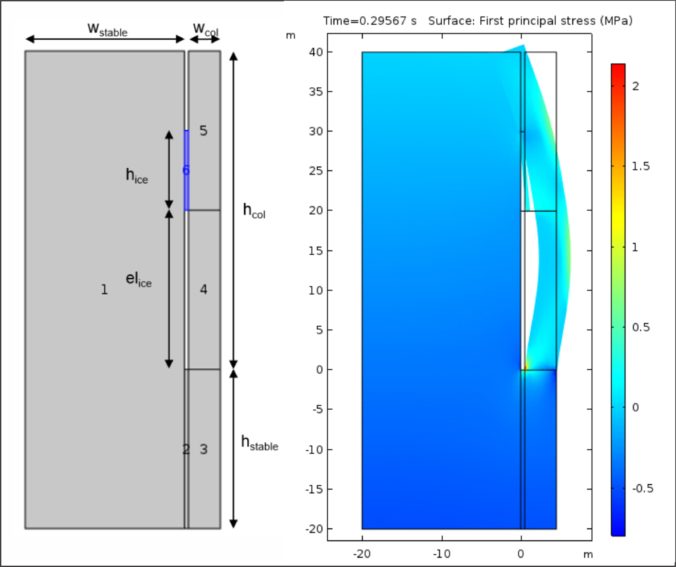
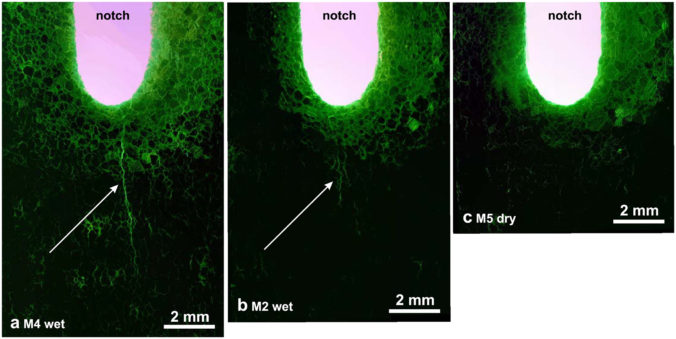
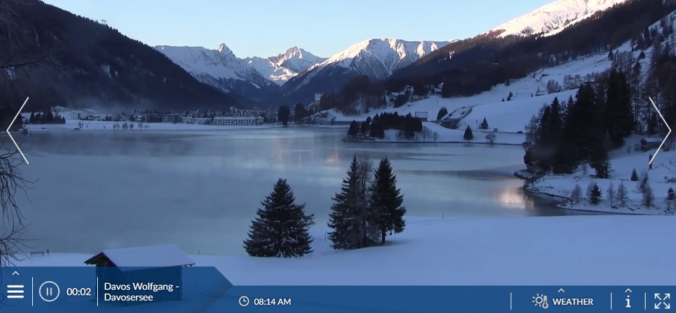
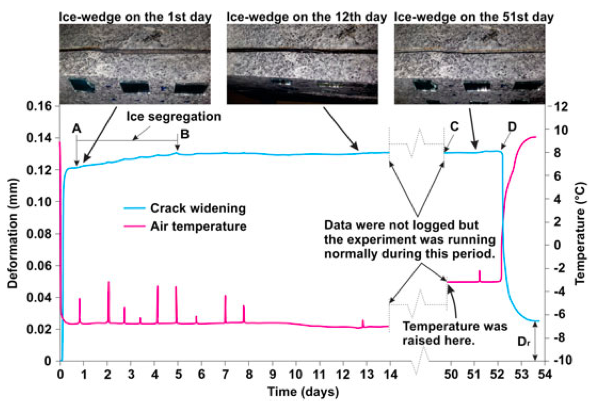

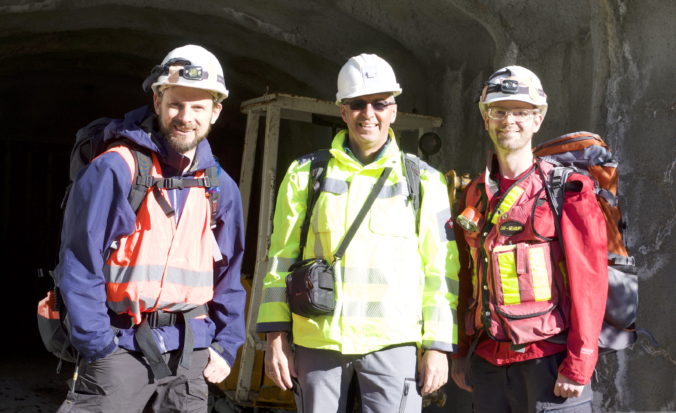
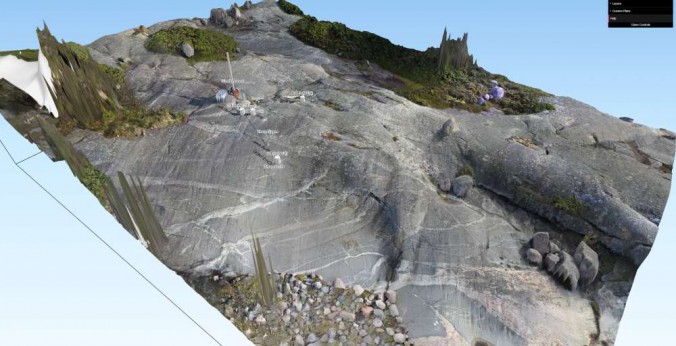
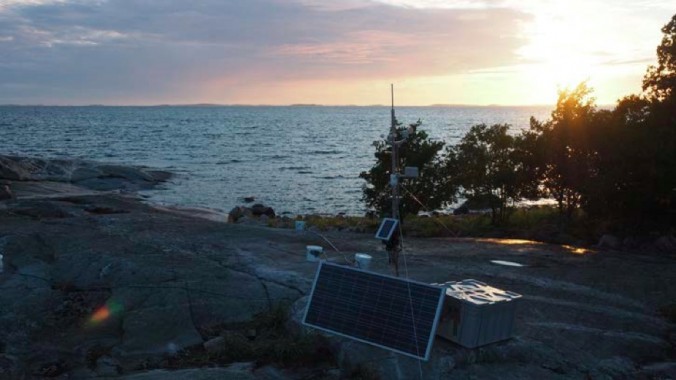
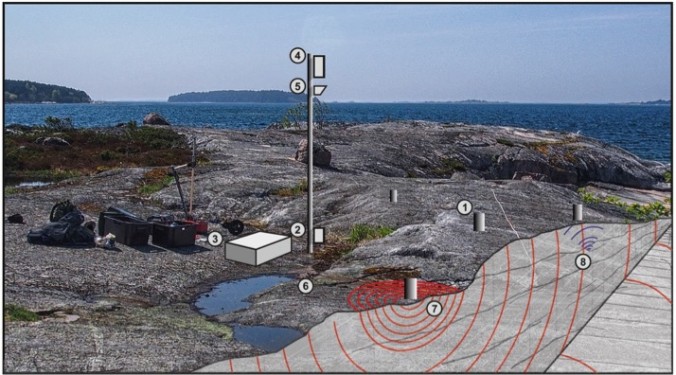

Recent Comments